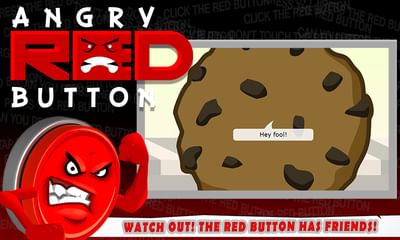

"It was hard work, you know? We didn’t have much time for a social life, so we would do everything together." None of them had families, so if they wanted to take days off, they could, and make up the work on the weekend. "We knew we had something special and that really drove us," Rafei says.
The team of a bunch of "single guys" and one girl - Charlotte Francis, who’s still with the company - worked tirelessly, losing track of whether it was night or morning, and becoming like a "band of brothers," and one sister. According to Rafei, this time in Naughty Dog’s history was fueled by long days and camaraderie. He thought Rubin and Gavin had a strong vision and were very charismatic, and even if Naughty Dog closed down he knew the job would at least move him to Los Angeles, where he could find a visual effects job, which is what he really wanted to do at the time.Īs the lead artist, Rafei, along with a small team, began work on what would become the first Crash Bandicoot, released for Sony’s PlayStation in 1996. "It was a huge win for Naughty Dog."Īccording to Rafei, Rubin’s pitch at the time was, "We’re using the same machines that were used for 'Jurassic Park'." Rafei thought that could be interesting for video games. "We pursued him hard, and managed to hire him into what looked like a startup," Rubin wrote to Polygon in an email. Rafei became the first employee they hired for their company, Naughty Dog. Rafei took the jump and met Jason Rubin and Andy Gavin. One day, the recruiter told Rafei about a young studio run by two guys in Hollywood. Working with a recruiter, he began having conversations with studios such as the Sega Technical Institute, a leg of Sega’s now-closed San Francisco branch, as well as visual effects companies.

"We were doing things that were breaking the PlayStation." In the wake of Absolute Entertainment’s closing, he continuously sent out his portfolio, looking for new work. When rumors of Sony’s PlayStation console began to emerge, Rafei says that’s when he felt things got exciting. To Rafei, compared to the formal training and work he had done with Photoshop and digital painting, the design of games on the Sega Genesis and Super Nintendo seemed almost "primitive." But he remained interested in the game industry as it continued to grow. "I believe I was employee number 103," Rafei says, "and somewhere around employee number 107 is when started shrinking and ultimately closed down." A classically trained artist, Rafei started his game industry career in the early '90s at Absolute Entertainment, based in New Jersey, at a short-lived gig.


 0 kommentar(er)
0 kommentar(er)
